From 19th-century Vedutism to postwar portraits of the bourgeoisie, via Symbolism, Realism and Secessionism, Bolognese painting between the 19th and 20th centuries is back in the spotlight at Bologna ’s Fondantico Gallery with a new edition of the annual exhibition devoted to artists from the city and its territory. Inaugurated on May 8, 2025 and open until June 8, the exhibition 800 e 900 Bolognese. From Antonio Basoli to Ugo Guidi is articulated through about 120 works, many of them rarely exhibited, signed by well-known and lesser-known masters, spanning the period from 1830 to the years following World War II. The exhibition, curated by Edoardo Battistini, unfolds in the spaces of the gallery directed by Tiziana Sassoli and offers a wide repertoire that crosses languages, sensibilities and artistic generations.
The itinerary opens with a watercolor dated 1830 by Antonio Basoli, one of the most important Bolognese Vedutists of the 19th century, depicting a blacksmith’s workshop located near the Church of San Bartolomeo. Continuing chronologically, we encounter an 1860 painting by Luigi Busi, an exponent of verismo, depicting a young nun absorbed in meditation. The scene stands out for its balance between psychological introspection and realistic rendering of the environment, a distinctive feature of Busi’s painting. Another exponent of bourgeois painting of the second half of the 19th century is Giovanni Paolo Bedini, who is present with the work L’amatore d’arte, a variant of the better-known painting preserved at the Pinacoteca Nazionale in Bologna I vecchi cercano, i giovani trovano. The scene, set in an interior filled with works of art, stages a dialogue between generations and reflects the cultured and narrative aesthetic of the Goupil period, dominant in the painting market of the time.
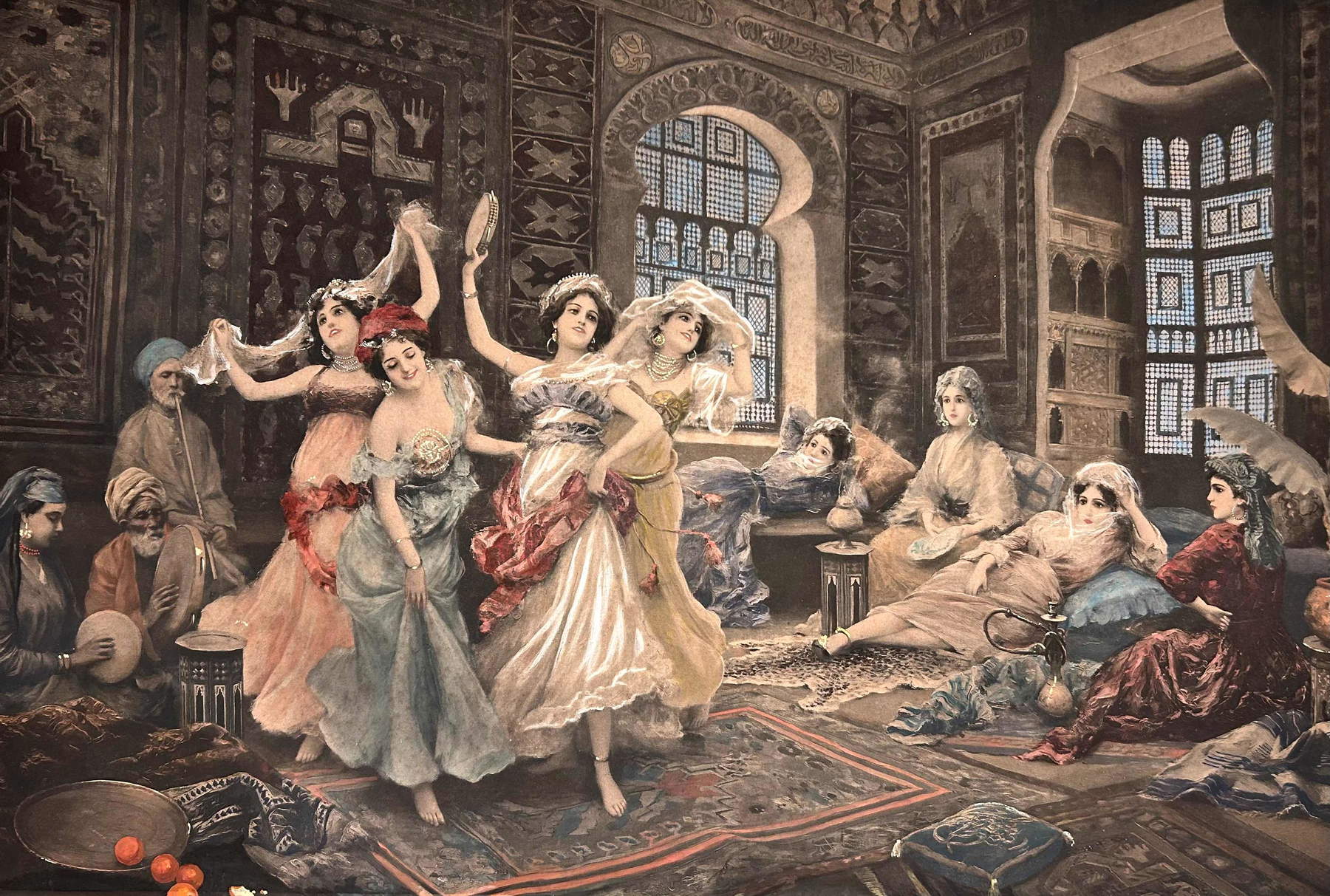
One section is devoted to the naturalism of Luigi Bertelli, represented by two large canvases depicting the quarries of Montedonato, a place historically devoted to the extraction of selenite used in the construction of Bolognese buildings. The two works, recently rediscovered, restore an industrial and landscape view of nineteenth-century Bologna, relating environment and human activity. They are joined by a watercolor by Orfeo Orfei, a little-known artist, entitled La filatrice, which shows a moment of everyday life through a sober but effective technique. Another highlight of the itinerary is the decadent symbolism of Mario De Maria, known as Marius Pictor, who is present with La Salomè, dated 1884. The work, which is set in the D’Annunzio climate of the late 20th century, elaborates a classical iconography with pictorial solutions charged with pathos and literary suggestions.
There is no shortage of examples of late 19th-century Orientalism, documented by brothers Fabio and Alberto Fabbi. The former exhibits The Pirate Loot, a work that mixes exoticism and adventurous narrative, while the latter signs Tradizioni bolognesi, a painting dated 1877, made when he was only sixteen years old, which represents one of his very first pictorial tests. Also among the works on display is a half-length portrait of a young lady by AlfonsoSavini, set in a vegetal frame dominated by a wisteria plant. Augusto Majani, also known as Nasica, is featured with a caricature of Giorgio Pini, the historic editor of the newspaper Il Resto del Carlino, evidence of the vitality of Bolognese satirical drawing at the turn of the century. Another example of vedutismo, this time linked to the Roman school, is offered by a painting by Luigi Serra depicting a sunset on a Roman sky, datable to the 1880s. The early twentieth century in Bologna finds ample space in the section devoted to secessionism and the currents of themoderate avant-garde, with works by Alfredo Protti, Giovanni Romagnoli, Garzia Fioresi and GuglielmoPizzirani. The artists, while confronting the international experiments of the time, maintained a stylistic consistency marked by drawing and measured color. Romagnoli, in particular, was also distinguished for his activity as a teacher at the Academy of Fine Arts in Bologna.
The exhibition also presents the works of Cleto Tomba, known for his attention to the margins of society, particularly prostitutes, a theme addressed with a narrative slant but not without a melancholic vein. Next to him, Farpi Vignoliesposesviews of the city of Bologna, images that render a city recognizable and at the same time transfigured by light and atmosphere. Carlo Crispini, on the other hand, represents Emilian chiarismo, with works that focus on diffuse luminosity and lyrical introspection of the figures. The itinerary concludes with a number of works by Ugo Guidi, an artist active especially in the post-World War II period, capable of interpreting the taste of the Bolognese bourgeoisie through elegant painting, in which form bends to decorative needs but does not renounce a psychological excavation of faces and bodies. His canvases, often dominated by a measured palette and harmonious forms, mark the last stage of an itinerary more than a century long.
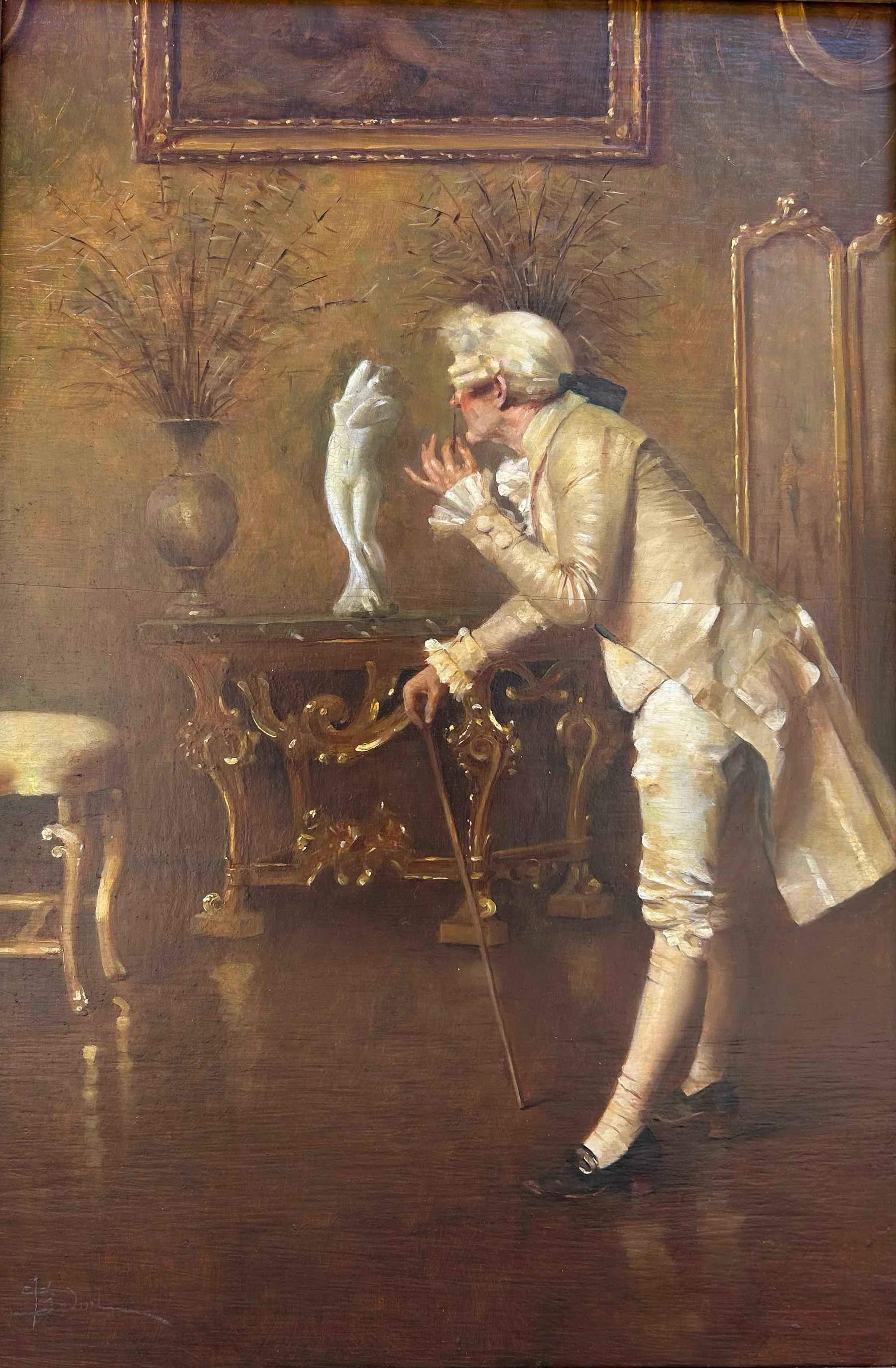
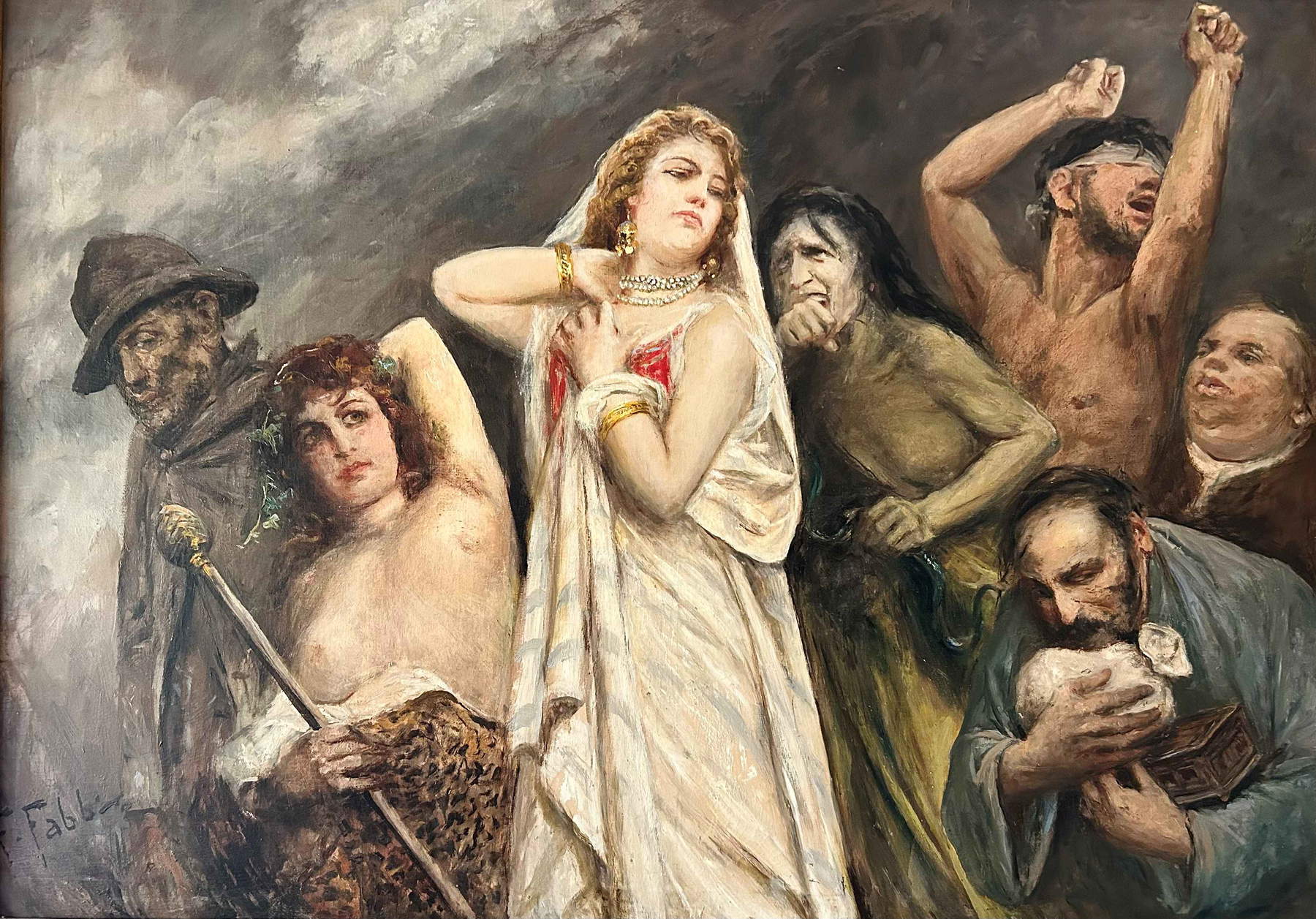
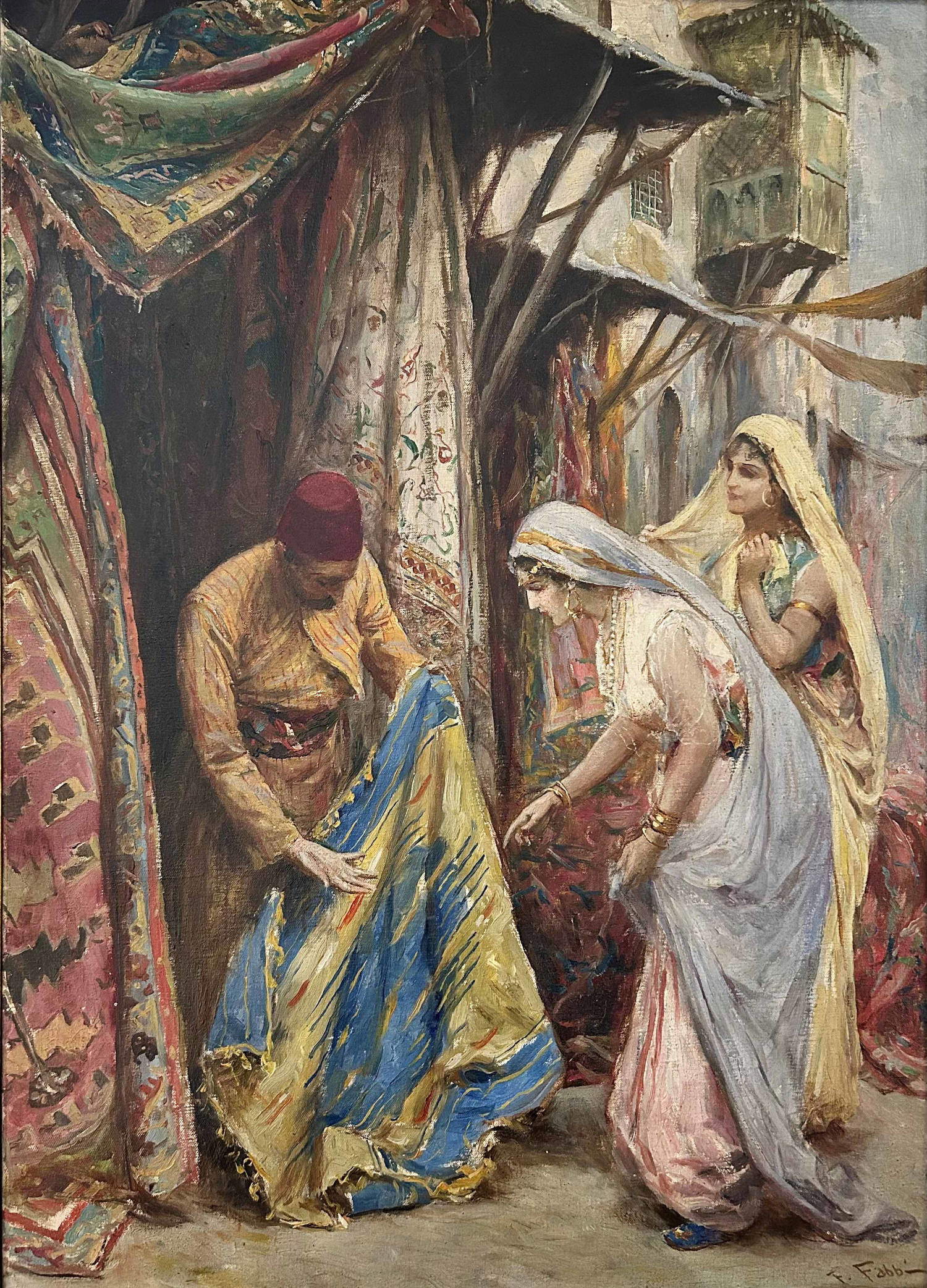
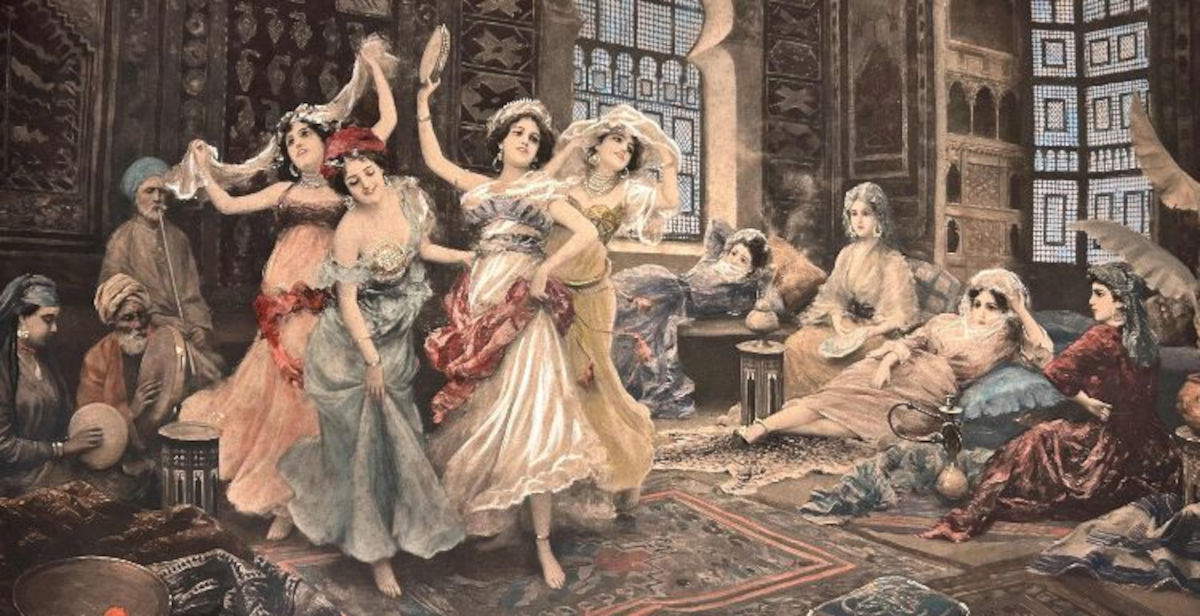 |
| A century of art in Bologna: 120 works from the 19th and 20th centuries on display at Fondantico |
Warning: the translation into English of the original Italian article was created using automatic tools. We undertake to review all articles, but we do not guarantee the total absence of inaccuracies in the translation due to the program. You can find the original by clicking on the ITA button. If you find any mistake,please contact us.